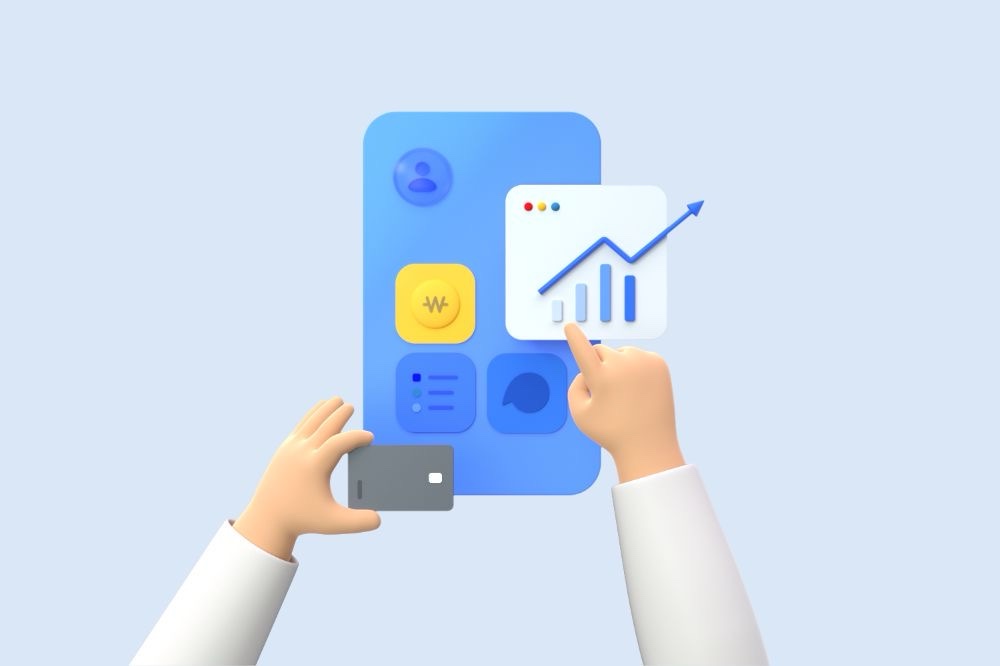Bringing a new product to market is an exhilarating endeavor, but it comes with its fair share of challenges. To ensure your product doesn’t become just another addition to the ever-growing list of forgotten innovations, you need a well-thought-out strategy. In this article, we’ll explore the essential steps to create a product that people will eagerly purchase.
- Identify a Genuine Need
The foundation of a successful product is its ability to address a real problem or fulfill a genuine need. Start by conducting thorough market research to identify gaps in the market. Understand your target audience, their pain points, and what solutions they are currently using or lacking. This knowledge will guide your product development.
- Innovative Concept
Innovation is key to standing out in a crowded marketplace. Think creatively about how to solve the identified problem. It may involve improving existing products or inventing something entirely new. Brainstorm, prototype, and experiment with different ideas until you find a concept that truly resonates with your target audience.
- Prototype and Test
Once you have a concept, create a prototype or minimum viable product (MVP). This early version doesn’t have to be perfect but should demonstrate your product’s core functionality. Share it with a select group of potential users for feedback. Their input is invaluable for refining your product.
- User-Centered Design
Prioritize user experience (UX) and user interface (UI) design. A well-designed product is more likely to be embraced by customers. Ensure that your product is intuitive, user-friendly, and visually appealing.
- Quality Matters
Quality is non-negotiable. Invest in the materials, manufacturing processes, and testing needed to produce a reliable and durable product. High-quality products build trust with customers and result in positive word-of-mouth marketing.
- Competitive Pricing
Set a competitive and justifiable price for your product. Consider factors like production costs, competitors’ prices, and perceived value. Striking the right balance is crucial – don’t undervalue or overprice your product.
- Marketing and Branding
Create a compelling brand story and marketing strategy. Use various channels to build anticipation and excitement around your product. Leverage social media, content marketing, email campaigns, and influencers to generate interest.
- Pre-launch Buzz
Before the official launch, create a buzz around your product. Teasers, pre-orders, and exclusive offers can help generate early interest. Engage with potential customers, answer their questions, and build a community around your brand.
- Launch and Gather Feedback
The launch is a critical moment. Be prepared for both positive and negative feedback. Encourage customers to share their experiences and continuously improve your product based on their suggestions.
- Ongoing Improvement
The product development journey doesn’t end at launch. Monitor customer feedback, track performance, and be open to making continuous improvements. This commitment to enhancement will keep your product relevant and appealing.

Conclusion
Creating a product that people will buy requires a combination of innovation, understanding your target audience, and a commitment to quality. Remember that your journey doesn’t end at launch; it’s an ongoing process of improvement. Stay dedicated to delivering value, and your product will have a much higher chance of becoming a must-have in the market.

















